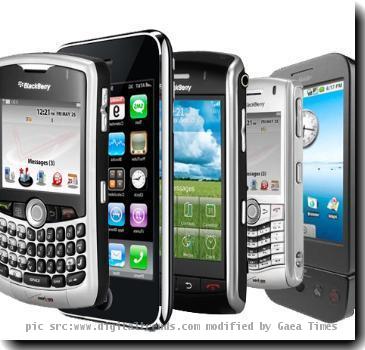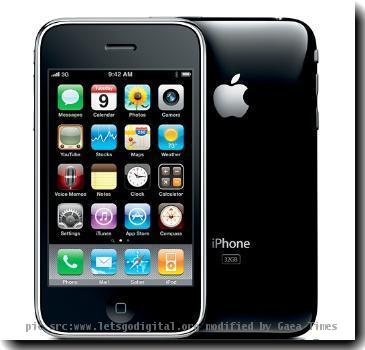For over two decades Microsoft and Apple have had the technology industry’s most high-profile (and occasionally the most rancorous) rivalry. But today, I doubt that either of them considers the other to be its chief rival.
If you could sequester either Apple CEO Steve Jobs or Microsoft CEO Steve Ballmer in their office and close the door and ask (off the record) for the name of their top rival, I suspect both of them would give you the same answer: Google.
For that reason alone, you’d think Microsoft and Apple would be more likely than ever to collaborate (and that’s certainly a possibility). However, it’s also easy to forget that the two companies have a long history of working together and developing products for each others’ platforms. They are traditional frenemies.
The fact that Microsoft released Office for Mac 2011 this week (more on that in a second) is only the latest example of times when the two have been on the same page. These are still the exception rather than the rule, but we’ve come up with a list of the 10 best collaborative moments between the two companies.
10. Microsoft launches Outlook for Mac in Office 2011
With Office for Mac 2011, released on October 26, Microsoft has once again made the Mac OS X version of its world-dominant productivity suite jive a lot more closely with the latest Windows version, after several Mac editions that diverged wildly from their Windows counterparts in recent years. But, by far the most significant part of Office 2011 is that it brings back a version of Microsoft Outlook for email and Exchange syncing, replacing the Mac-specific Entourage (a horribly buggy piece of software). This makes the latest Macs much better equipped to function in the business world.
9. Apple and Microsoft spurn Blu-ray for digital downloads
Both Apple and Microsoft have been under pressure for the last couple years to get on the Blu-ray bandwagon. Microsoft has been under pressure to put Blu-ray in Xbox 360 and Apple has been under pressure to put Blu-ray drives in Macs. However, both have resisted and have responded with the same reason why: Blu-ray is an expensive temporary solution and the future of high definition video is digital downloads















